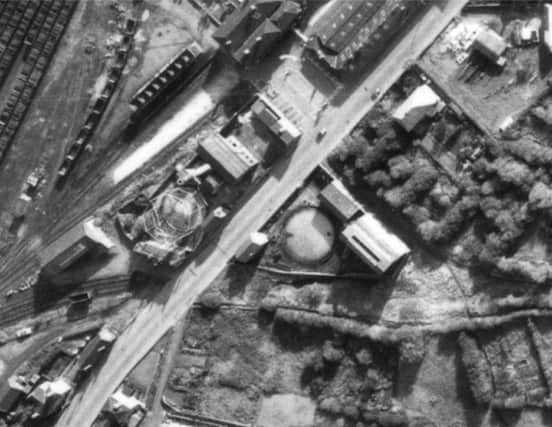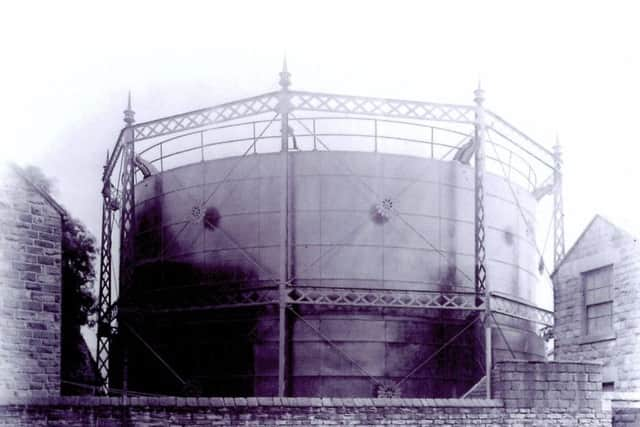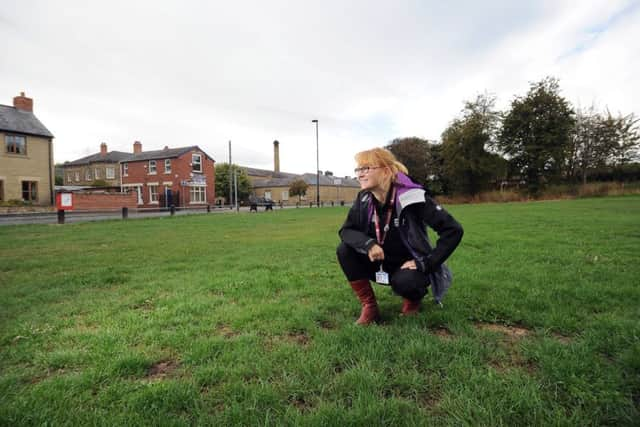Gasworks '˜cathedral' that rose from the ground


They had long believed that beneath Gasworks Field, the ornate and elaborate structure that once dominated the skyline still stood, at least in part.
In the era before fuel from the North Sea, vast, circular gas holders were familiar sights across Britain. But the one in Elsecar, midway between Barnsley and Rotherham, was as much a statement as a storage facility – a missing piece in what was probably the region’s first model village.
Advertisement
Hide AdAdvertisement
Hide AdIn a rare fusion of art and necessity, it had been decorated as if it were a cathedral. Yet its story was almost lost to the ages.


“It was one of the sites that pretty much disappeared,” said Dr Tegwen Roberts, an archaeologist and project officer at Elsecar Heritage Action Zone, a three-year project run by Barnsley Museums and Historic England.
Elsecar, developed from the late 1700s by the philanthropic Earls Fitzwilliam, was a self-contained industrial village, with its own ironworks, foundries and thriving collieries, and an enlightened approach towards its workers – more than half a century before the better-known model village of Saltaire was created, some 40 miles to the north.
Many of its buildings survive but its 19th century gasometer was hidden and forgotten.
Advertisement
Hide AdAdvertisement
Hide Ad“It was a real show-off piece. It was more expensive and more impressive than it needed to be, because they were innovating and bringing in royal visitors,” Ms Roberts said.


“We have pictures of a lovely wrought iron structure, quite aesthetic, and typical of the village. It had the same kind of design features you see on the buildings – very much in the mould of a model village.”
She and others had suspected that when the gas holder was decommissioned, it was never fully removed but merely covered over and left to the land.
But it took scientists from Leeds University, harnessing geophysical techniques familiar from the TV series Time Team to make the soil surrender its secrets.
Advertisement
Hide AdAdvertisement
Hide AdGround-penetrating radar which allowed them to “see” buried structures without having to dig them up, and gravity surveys which identified holes and cavities in the subsurface, showed that substantial remains of one gas holder survive under the field where the gasworks stood, with the empty foundations most likely having been filled with rubble before being covered over.
“We were asked to take a look with some of our equipment to establish whether there were any foundations remaining in the ground,” said Dr Adam Booth, a lecturer in exploration geophysics at the university.
He said that “parch marks” visible from aerial drone cameras during the summer drought had revealed the pattern of part of the buried structure, but that science had exposed more.
“What’s interesting to me is that the parch mark reveals half of the gasometer but the geophysics clearly shows that it’s actually a complete foundation,” he said.
Advertisement
Hide AdAdvertisement
Hide AdDr Roberts said: “It’s fascinating to see that it has still survived under there and that we have quite substantial remains, even though we can’t see them.”
She added: “The industrial village is actually exceptionally well-preserved but it has been missing a few key sites and the gasworks was one of them.
“That’s why it’s so exciting to see what’s still there.”